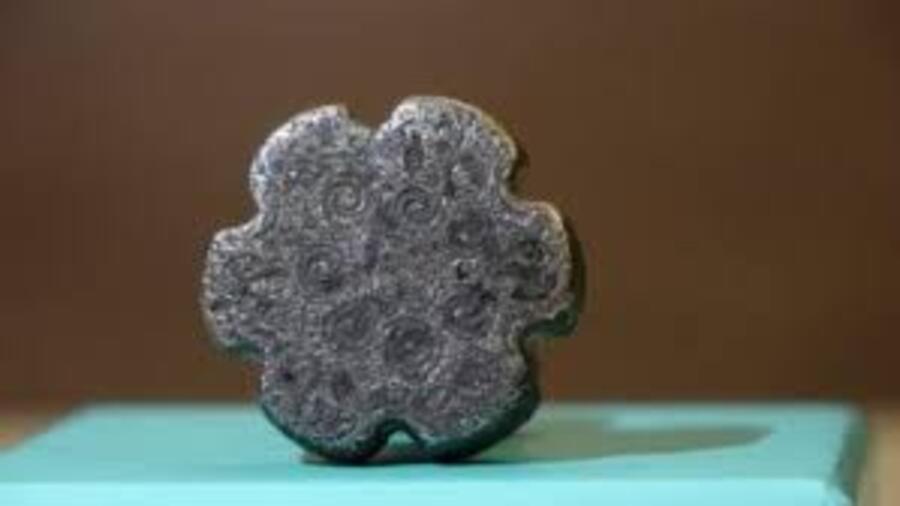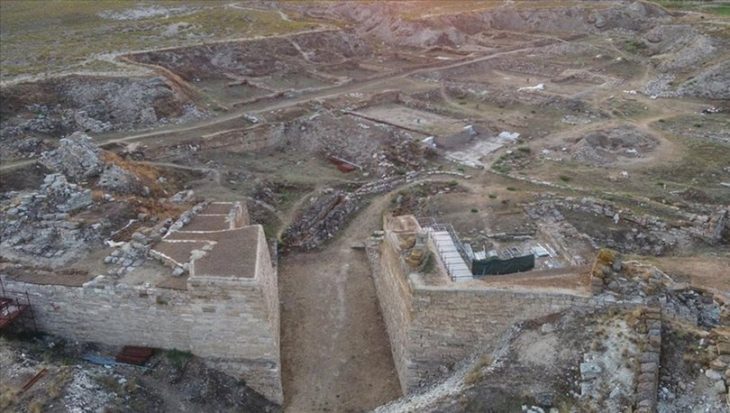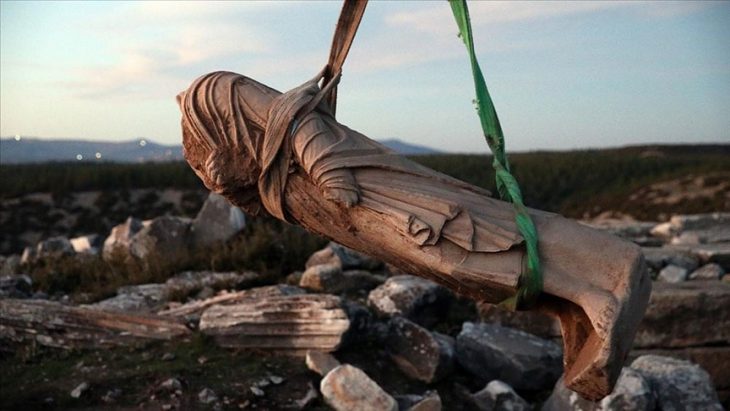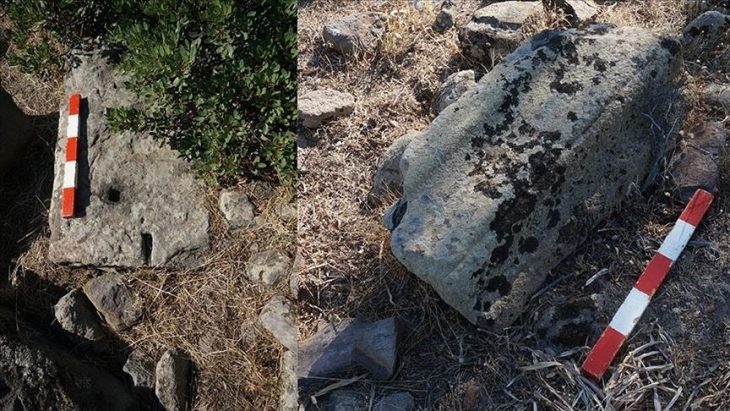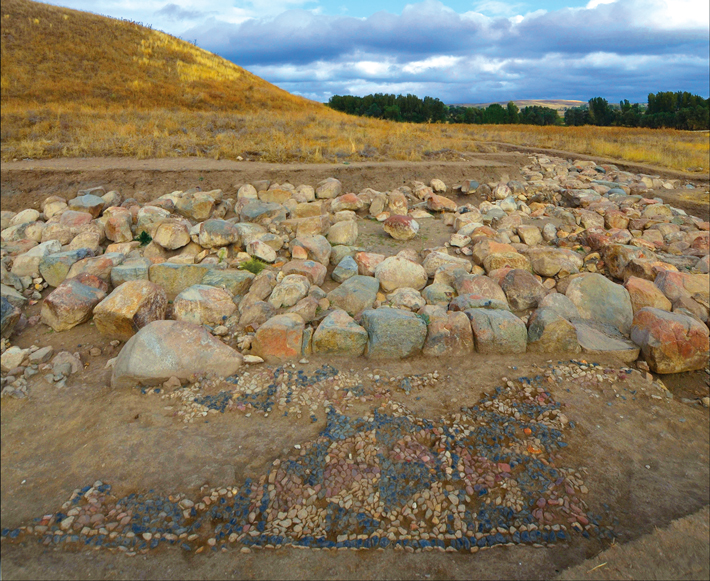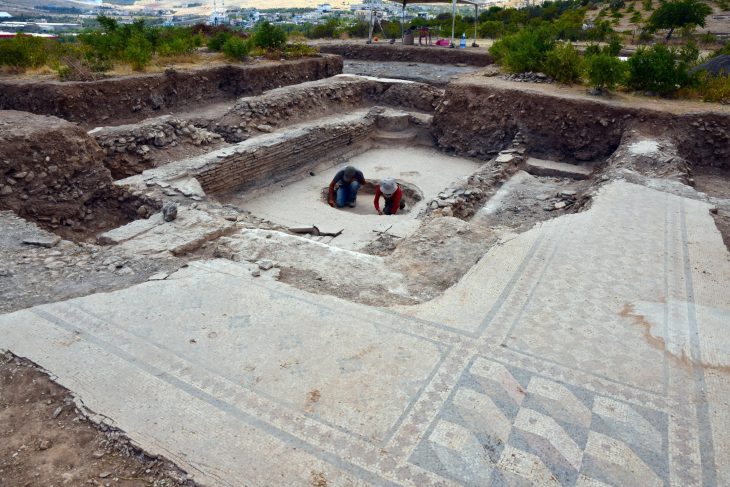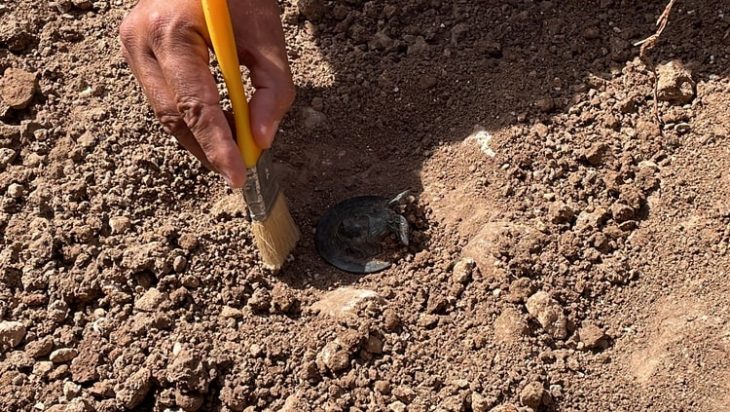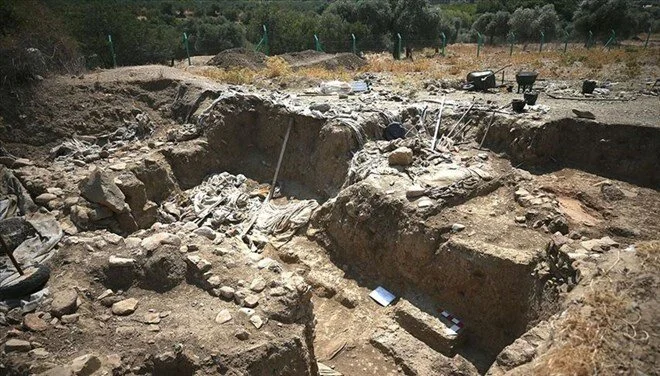A 3500-year-old Hittite seal was found in the place defined as the Sapinuva region in Ortaköy, Çorum. As it is known, Şapinuva is one of the most important central places of the Hittite Empire.
While working in the field of a farmer in Ortaköy, which is home to the ancient city of Sapinuva, he found the seal thought to be from the Hittite period.
The Hittite seal, which has been found by a farmer while working in his field in the Ortaköy district and is considered to be about 3,500 years old, has been added to the Çorum Museum collection with the initiatives of Çorum Governor Mustafa Çiftçi and Ortaköy Mayor Taner İspir.
İspir convinced the farmer to hand over the historical artifact to the Çorum Governor’s Office.
Preliminary inspections conducted by experts at the Çorum Museum revealed that the seal was a “hammerhead seal”, which may have belonged to the Hittite era from 1650 to 1400 BC.
📣 Our WhatsApp channel is now LIVE! Stay up-to-date with the latest news and updates, just click here to follow us on WhatsApp and never miss a thing!!
Speaking to the Anadolu Agency, İspir said that the seal could be a priceless historical artifact because the number of similar artifacts is low. “There are many artifacts belonging to the Hittites, one of the greatest civilizations in history,” he said.

Provincial Director of Culture and Tourism Sümeyra Şengül stated that the seal is still examined by the experts.
Stating that they considered the seal in the same group as Anatolian seals due to its various features, Şengül said: “It is a metallic seal with a height of 2.7 centimeters and a width of 2.2 centimeters, made of nickel alloy bronze with a hammer-head design and a ring relief decoration.”
“This unique Hittite seal was added to the Çorum Museum collection. The seal, which has a small number of similar examples in Turkish museums and other museums and collections abroad, is from the same group as the Anatolian seals, especially before the imperial era. Considering the form and style features of the Shapinuva region of Ortaköy district, this seal is dated to the Old Hittite Age, where it was found,” she added.
Work has begun to display the Hittite seal in the Çorum Museum.
The report prepared by the commission of archaeologists will be presented to the Ministry of Culture and Tourism and the seal will be displayed with others in the showcase on the 3rd floor of the museum in line with the future instructions.

